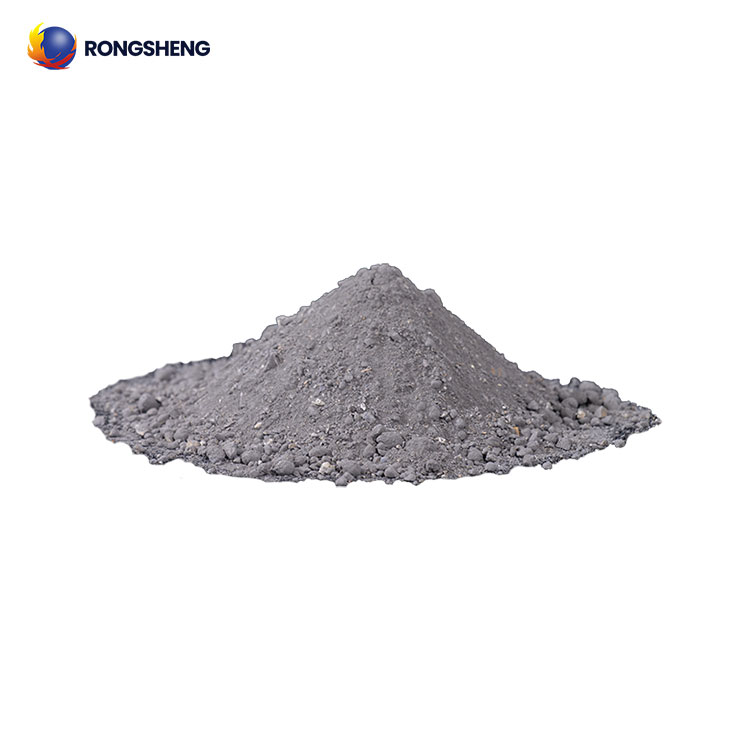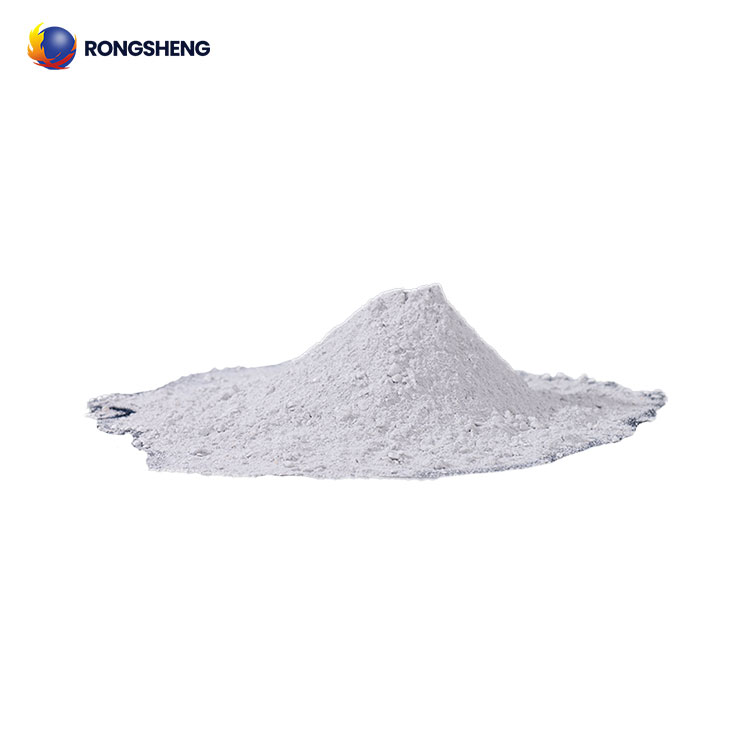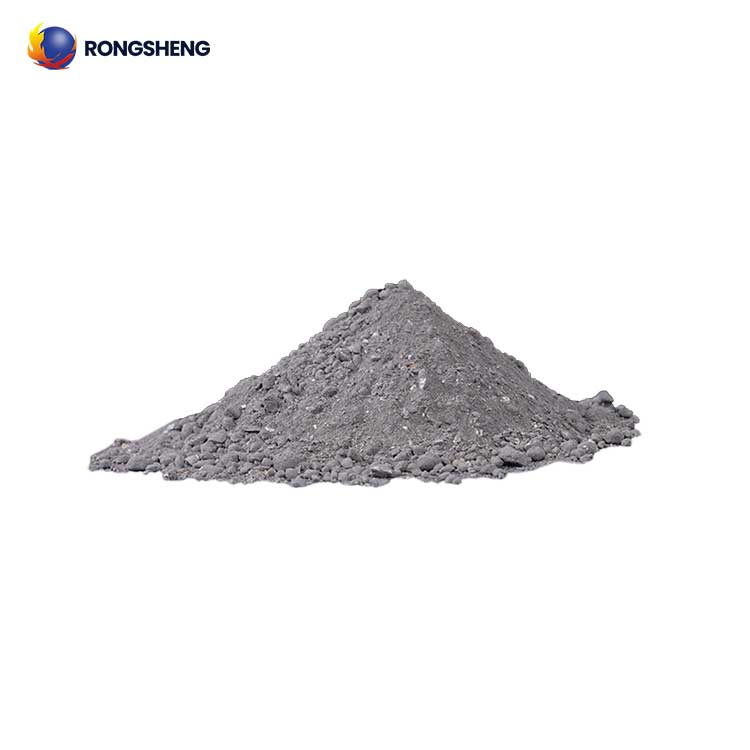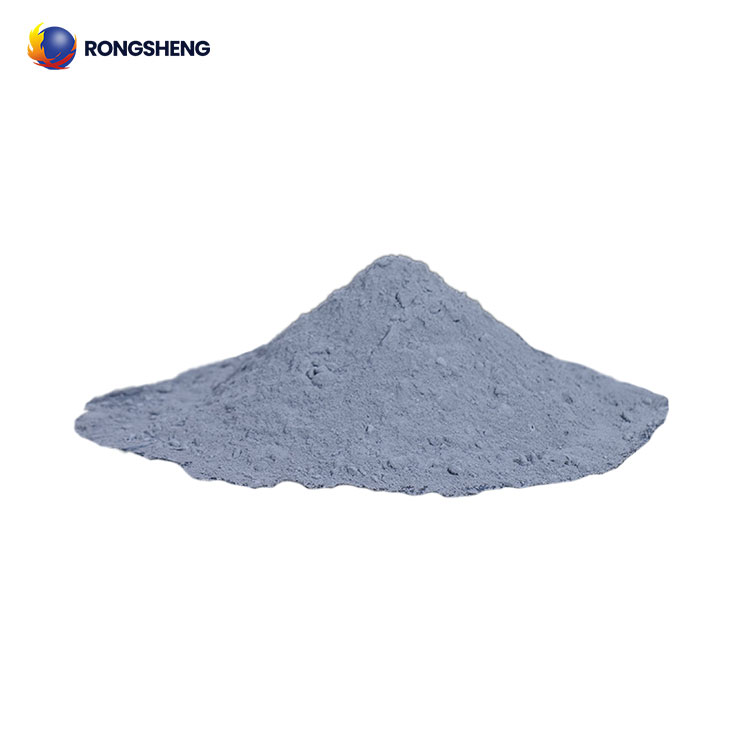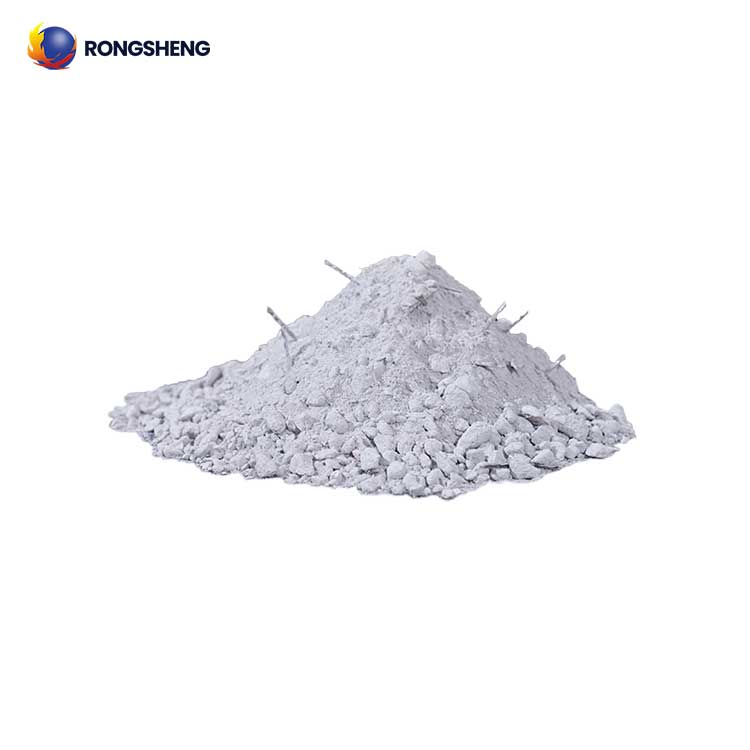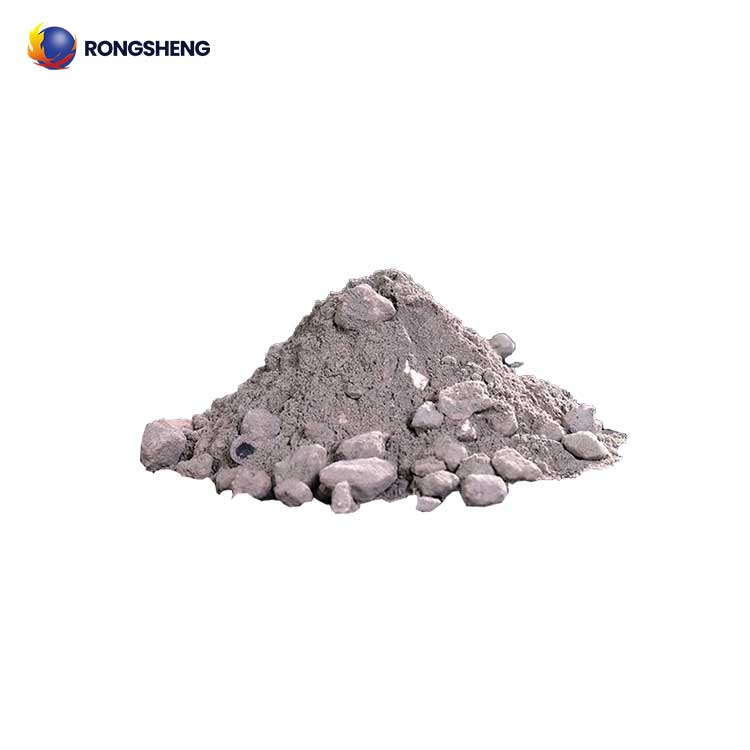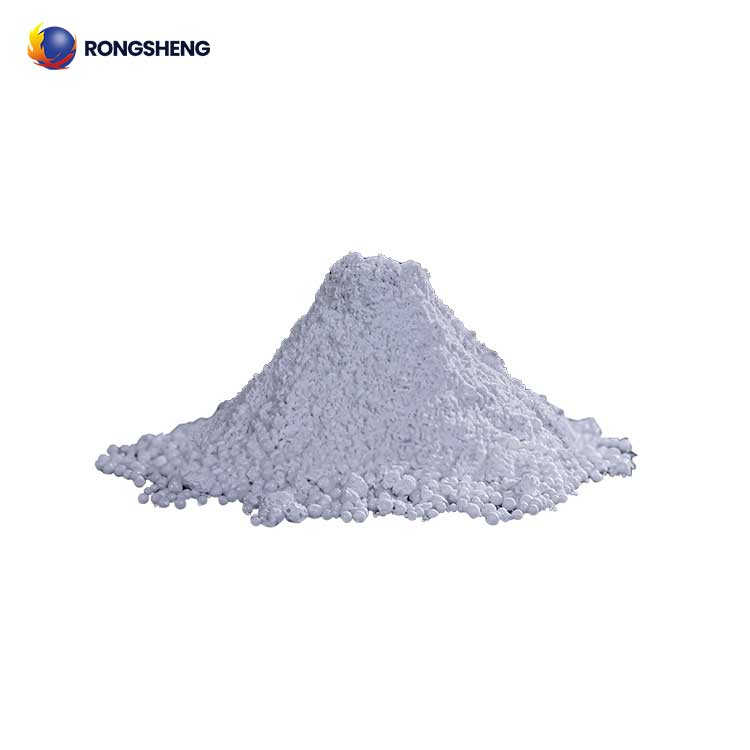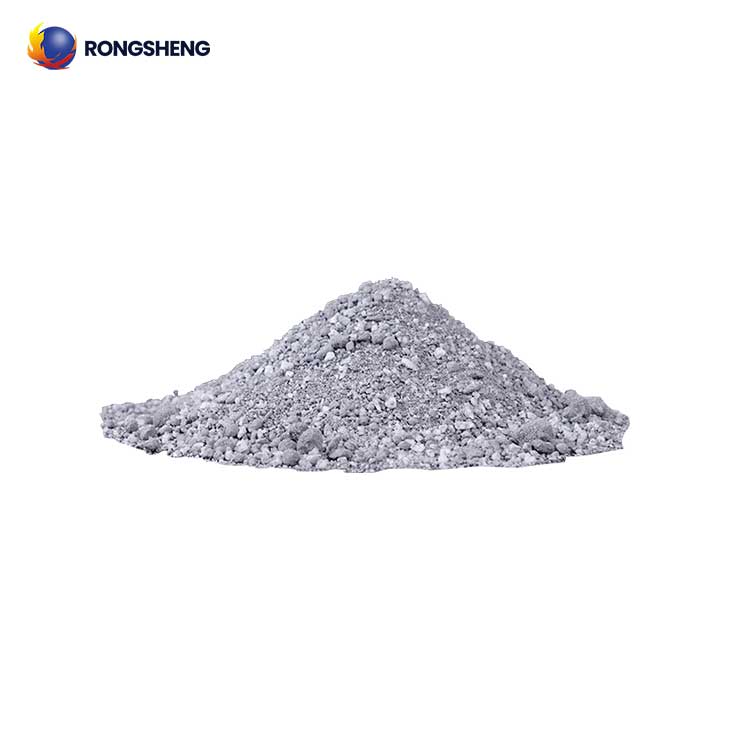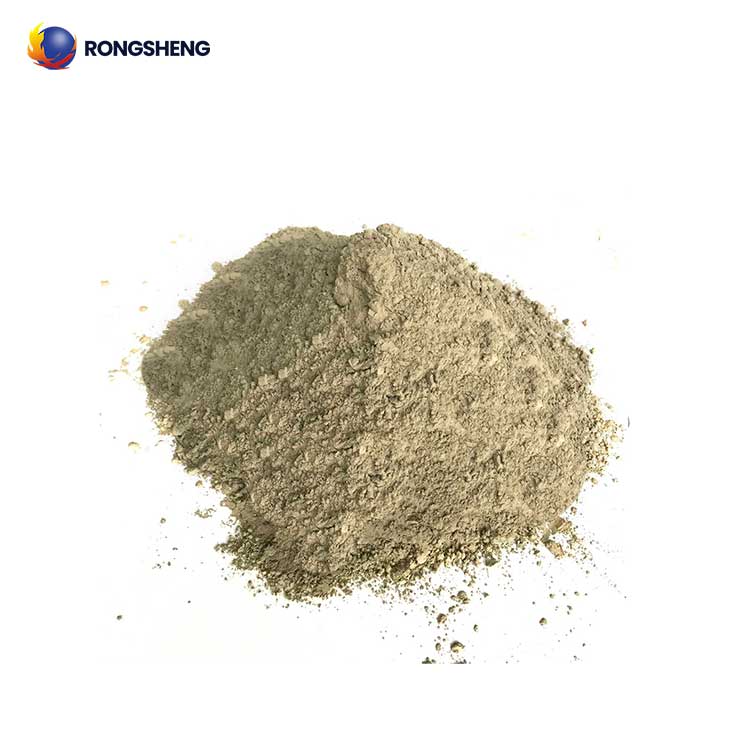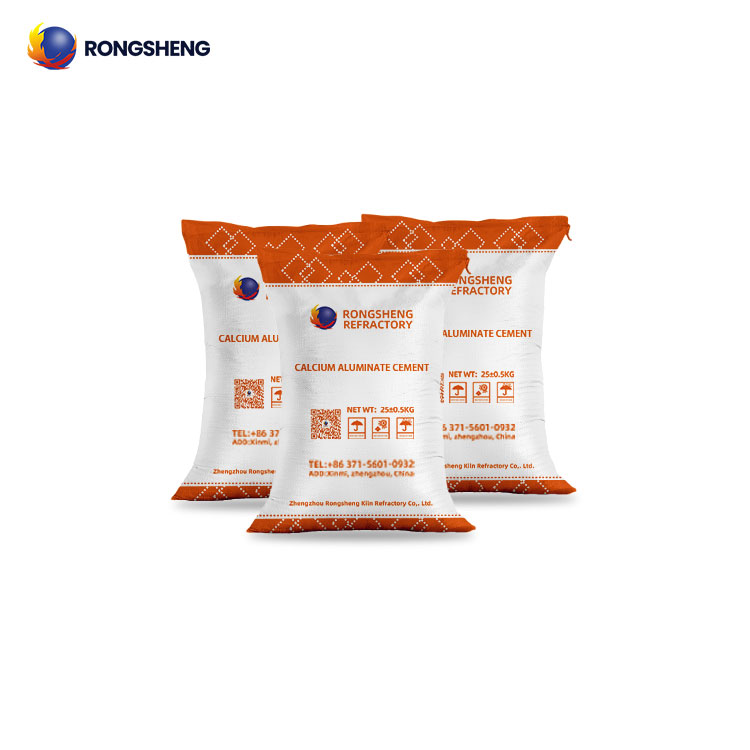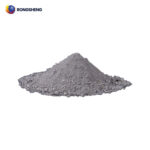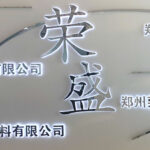Monolithic Refractory Materials, composed of refractory aggregates (aggregates and powders) of a defined particle size distribution, binders, and admixtures, are wet, semi-wet, or dry materials that can be directly used to construct or repair industrial furnace linings. Linings constructed with this material form seamless, monolithic linings, hence the name “seamless refractory materials” or “monolithic refractory materials.”
Rongsheng Monolithic Refractory Materials
The monolithic refractory materials produced by Rongsheng Refractory Factory are classified by construction process into the following categories: refractory castables, rammed refractory materials, plastic refractory materials, sprayed refractory materials, applied (coated) refractory materials, extruded (pressed) refractory materials, projected (thrown) refractory materials, dry vibrated (or filled) refractory materials, refractory mortar, refractory cement, and prefabricated refractory blocks, etc.
Refractory Castables
Castable refractory materials are dry refractory mixtures that are mixed with liquid (water or liquid binder) during construction. After forming, they are allowed to cool and harden for a period of time, thus developing a certain structural strength.
Castable refractory materials can be further divided into vibrating castables, self-flowing castables, and pumped castables.
Ramming Refractory Material
Ramming refractory material is a semi-wet or wet, non-plastic or low-plastic refractory mixture applied using the ramming method. After application, it is heated and baked to harden and develop a certain structural strength.
Plastic Refractory
Plastic refractory materials exhibit a certain degree of plasticity and can be applied using either the ramming or spraying methods. After application, they must be naturally dried or heated and baked to achieve the required structural strength.
Sprayed Refractory Materials
Sprayed refractory materials are refractory materials that are sprayed using a high-speed airflow through a specialized sprayer. Based on the spraying process, spraying methods can be categorized as cold material spraying and molten material spraying (referred to as melt spraying). Sprayed refractory materials can be used to construct new linings (spraying materials) or repair damaged linings (gunning materials).
Refractory Coatings
Refractory coatings are refractory mixtures in the form of a paste or slurry. They can be applied manually by brushing, spraying, or pouring. They are generally used as joint fillers or caulking materials in refractory brickwork, as protective or working layers for refractory linings, and include refractory slurries and refractory coatings.
Extruded (Injection-Grown) Refractory Materials
Extruded (Injection-Grown) refractory materials are mixtures extruded or injected using specialized extruders or injection machines. They can be divided into hard extrusion materials and soft injection materials.
- Hard extrusion materials are plastic materials, such as blast furnace taphole clay and hot extruded blast furnace repair materials.
- Soft injection materials are viscoplastic mortar-like materials used as caulking between refractory masonry or between refractory masonry and the furnace shell.
Projected (Thrown) Refractories
Projected (Thrown) refractories are refractory mixtures thrown manually or by a throwing machine. Examples include magnesia-carbon hot repair materials for large-area repairs of converter linings and hot repair materials for electric furnace bottoms.
Dry Vibrated (or Filled) Refractory Materials
Dry vibrated (or filled) refractory materials are dry refractory mixtures prepared without the addition of liquid (water or liquid binders). During construction, they can be directly filled into the gap between the mold and the lining shell (e.g., induction furnace linings, dry tundish working linings), or into the spouts formed by the refractory lining (e.g., ladle drains, electric furnace taphole drains). However, dry vibrated materials used as working linings must be mechanically vibrated or manually compacted after filling to achieve a dense packing. They must then be baked at a certain temperature to achieve the required structural strength before they can be used.
In addition to being classified by construction process, monolithic refractories can also be classified by material, binder, and hardening method. Currently, the most commonly used name for monolithic refractories is a combination of the binder, material, and construction method. Examples include calcium aluminate cement-bonded corundum flexural injection material and asphalt-bonded specular carbon hot repair material. Regardless of the naming method used, the goal is to ensure the safe use of furnace linings, extend their service life, and reduce production costs for enterprises.
Characteristics of Amorphous Refractory Materials
Amorphous refractory materials have the following characteristics:
- Simple preparation process, short production cycle, and high labor productivity.
- Strong adaptability, not restricted by the shape of the industrial furnace structure during use, and can be made into any shape.
- Good integrity, good airtightness, and high thermal resistance can reduce heat loss in industrial furnaces and save energy.
- Convenient for mechanized construction, saving labor and time.
- Damaged industrial furnace linings can be easily repaired with amorphous refractory materials, extending the service life of the lining and reducing refractory material consumption.
Therefore, amorphous refractory materials have now been widely used, and the proportion of amorphous refractory materials used in the metallurgical industry has accounted for 45% to 70% of the total refractory material usage.
Rongsheng Refractory Manufacturer offers an advanced, environmentally friendly, fully automated monolithic refractory production line with an annual output of 80,000 tons, providing reliable support for the monolithic linings of high-temperature industrial furnaces. To purchase high-quality monolithic refractory materials and learn about the price of monolithic refractory materials, please do not hesitate to contact Rongsheng Refractory Manufacturer directly!

